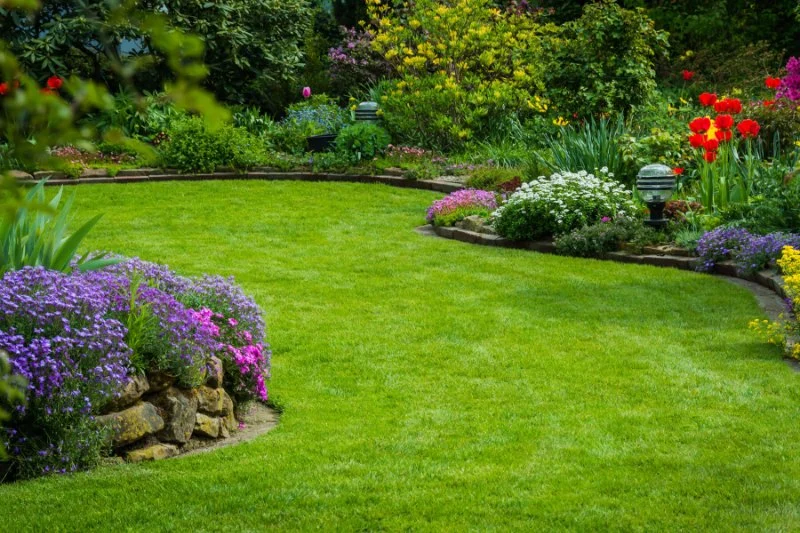
- 1. Understanding the Importance of Layers in Garden Design
- 2. Choosing the Right Plants for Layering
- 3. How to Arrange Plants for Maximum Depth
- 4. Using Color and Texture to Enhance Balance
- 5. Real-Life Examples of Layered Gardens
1. Understanding the Importance of Layers in Garden Design
When it comes to garden design, creating depth and balance is key to crafting a visually appealing and harmonious space. One of the best ways to achieve this is by using layers of planting. Layering plants in your garden not only adds dimension but also creates a sense of balance, making your outdoor area feel fuller and more inviting.
By using a combination of different plant heights, textures, and colors, you can create a dynamic and layered garden that feels both organized and natural. Layering also helps to break up large empty spaces and draw the eye towards focal points, improving the overall flow of your landscape design.
2. Choosing the Right Plants for Layering
When selecting plants for layering, it’s essential to consider the size and growth habits of each plant. Ideally, you want to layer plants that grow at varying heights to create a sense of depth in your garden. This typically involves choosing plants for the foreground, midground, and background of your space.
For the foreground, opt for low-growing plants like groundcovers, small shrubs, or perennial flowers. In the middle layer, consider medium-height plants such as ornamental grasses, shrubs, or small trees. The background should be reserved for tall plants like trees or large shrubs that provide structure and act as a visual anchor for the space.
3. How to Arrange Plants for Maximum Depth
To maximize depth in your garden, think about arranging plants in a way that mimics the natural landscape. Start by placing your tallest plants at the back, ensuring they have plenty of room to grow. In front of these, place medium-sized plants that will gradually decrease in height as they approach the front of the garden.
This staggered arrangement helps create the illusion of space and adds interest by allowing different plants to be viewed from various angles. It also allows for better visibility of the plants in the lower layers, ensuring they don't get overshadowed by taller plants. Remember to leave enough space between plants for air circulation and room to grow.
4. Using Color and Texture to Enhance Balance
In addition to height, color and texture play a crucial role in creating balance in your garden. Use a mix of colors to create contrast and highlight certain areas of your garden, while soft, neutral tones can provide a calming background for more vibrant colors.
Texture is equally important when layering plants. Pair plants with different leaf shapes, sizes, and textures to add variety and visual interest. For example, combining the soft, feathery foliage of ornamental grasses with the bold, broad leaves of hostas creates an exciting contrast that draws the eye. Be sure to balance soft textures with more structured ones to avoid overwhelming the space.
5. Real-Life Examples of Layered Gardens
Many famous gardens use the technique of layering to create depth and balance. For instance, the gardens at the Palace of Versailles in France are known for their meticulously designed layers, where tall trees provide structure, medium shrubs create visual interest, and low-growing flowers and ground covers fill in the gaps.
Closer to home, public parks and private gardens alike have embraced the layering technique. A great example is the New York Botanical Garden’s Perennial Garden, where different plant layers work together to form a lush, vibrant landscape throughout the seasons. Whether you’re working with a small backyard or a larger space, layering plants can transform your garden into a rich, inviting retreat.

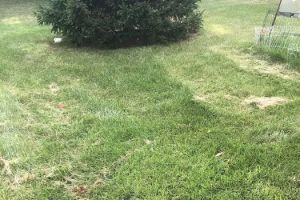

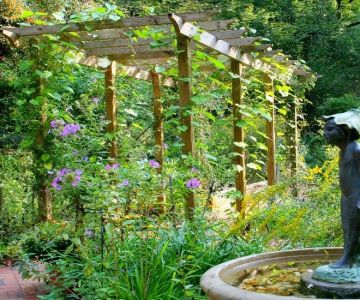


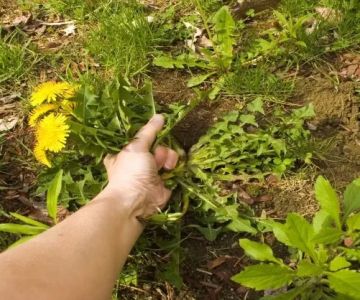
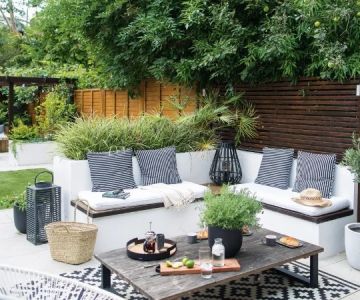

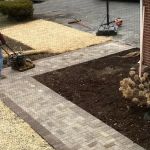 K.S. Design Group Inc.4.0 (15 reviews)
K.S. Design Group Inc.4.0 (15 reviews) Earth Images Inc5.0 (5 reviews)
Earth Images Inc5.0 (5 reviews) American Border Concepts5.0 (2 reviews)
American Border Concepts5.0 (2 reviews) Blade Cutters Landscaping3.0 (41 reviews)
Blade Cutters Landscaping3.0 (41 reviews) Mike's Landscaping5.0 (3 reviews)
Mike's Landscaping5.0 (3 reviews) Southeast Iowa Masonry LLC5.0 (8 reviews)
Southeast Iowa Masonry LLC5.0 (8 reviews) How to Plan & Build a Backyard Fire Pit Area for Maximum Enjoyment
How to Plan & Build a Backyard Fire Pit Area for Maximum Enjoyment 7 Steps to Create a Pollinator Garden That Attracts Bees & Butterflies
7 Steps to Create a Pollinator Garden That Attracts Bees & Butterflies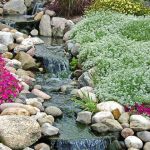 Best Ground Covers for Slopes & Erosion Control: Affordable and Effective Solutions
Best Ground Covers for Slopes & Erosion Control: Affordable and Effective Solutions How to Landscape a Rooftop Garden for Relaxation | Beautiful Rooftop Designs
How to Landscape a Rooftop Garden for Relaxation | Beautiful Rooftop Designs How to Incorporate Ornamental Trees Into Small Landscapes: A Beginner’s Guide
How to Incorporate Ornamental Trees Into Small Landscapes: A Beginner’s Guide How to Convert a Lawn Into a Wildflower Meadow
How to Convert a Lawn Into a Wildflower Meadow